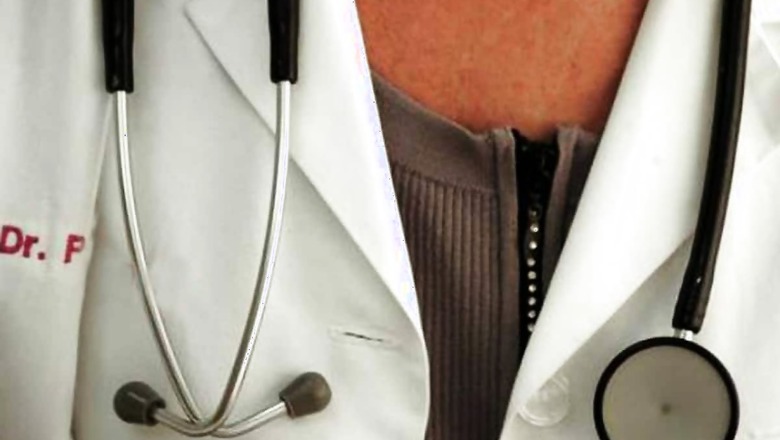
views
According to the latest Rural Health Survey, there is a 76 per cent shortage of specialists like surgeons,
gynaecologists, physicians and paediatricians in community health centres (CHCs).
Times of India reported that between 2005 and 2020, though the availability of specialist doctors in CHCs increased from 3,550 to 4,957, the gap between required and available specialists was 6,110. The total requirement of specialists is estimated at 13,384.
Among states with significant shortfalls are Gujarat, lacking 996 specialists against a requirement of 1,088; Madhya Pradesh, with a requirement of 916, is short of 867; and West Bengal which requires 380 specialists but has fewer 247 specialists.
Allopathic doctors in PHCs have, however, increased from 20,308 in 2005 to 28,516 in 2020, up about 40%. There is a shortfall of 6.8% of allopathic doctors at the PHC level. The number of ANMs in sub-centres and PHCs has increased by around 59.6%. The overall shortfall (which excludes existing surplus in some states) of female health workers and ANMs is just 2% as per the norm of one HW(F)/ANM per sub-centre and PHC.
The Centre recently allowed two-year postgraduate diploma courses that applicants can pursue after completing their MBBS, to address the shortage of specialists in district hospitals and in rural India. Candidates can pursue these courses by clearing the NEET-PG exam after completing MBBS.
The data also shows that till March 31, 2020, there were 38,595 functional health and wellness centres in rural India. The target under Ayushman Bharat is to set up 1,53,000 health and wellness centres by 2022. There are 1,43,538 and 2,87,025 beds available at the level of sub-divisional hospitals and district hospitals, respectively.
One sub-centre in India currently caters to an average population of 5,729, a primary health centre to an average population of 35,730, and community health centre to an average of 1,71,779 people, the data shows.
According to norms, a sub-centre can cater to a maximum of 5,000 people, a primary health centre to a maximum of 30,000, and a community health centre to a maximum of 1,20,000 people
Read all the Latest News, Breaking News and Coronavirus News here. Follow us on Facebook, Twitter and Telegram.



















Comments
0 comment